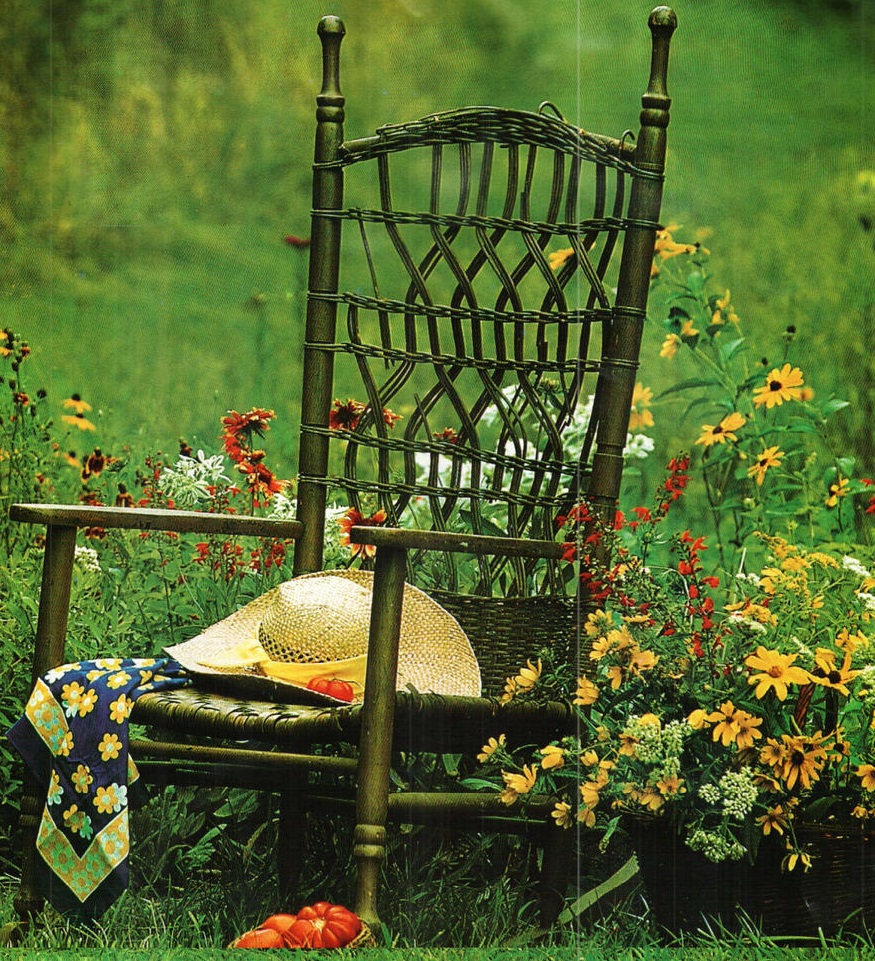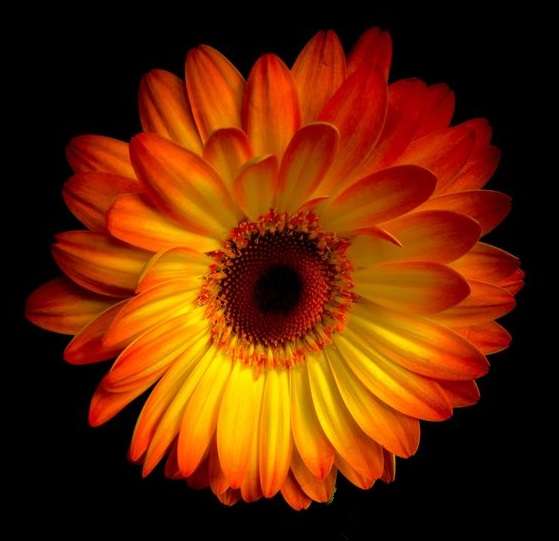 |
4/6/5 Summer Haiku
One Thousand Cranes
:
Old Garden Chair
by Gypsy Blue Rose
For Rules, Please Read My Author Notes
|
|
|

old garden chair
sagging dangerously —
weight of summer
|
Author Notes
HAIKU is an unrhymed Japanese poem that uses imagistic language to convey the essence of a human experience in nature. It uses a juxtaposition of two concrete images in a way that prompts the reader to make an insightful connection between the two. It alludes to a season of the year. The best haiku avoid the poet's views, the poet is the observer. THE FORM Japanese haiku is written in 17 syllables and three lines ( 5/7/5) BUT in English is 17 syllables OR LESS. For example:
Haiku in Japanese: Furuike ya/ Kawazu tobikomu/ Mizu no oto (5/7/5)
Same haiku translated to English: old pond/ a frog leaps in./ the sound of water.(2/4/5). AVOID punctuation, alliteration, metaphor, personification, and capital letters (proper names are okay). To pause before the satori you use a dash, sometimes a comma is okay, but we keep punctuation to a minimum. HAIKU SOURCES === HAIKU SOURCES === click here to read Haiku Society of America HAIKU EXAMPLES === click here to read Haiku Society of America HAIKU RULES === click here to read WHY 17 OR LESS SYLLABLES === click here to read SEASON WORDS (Kigo) List
Thank you very much for taking the time to read and review my poem.
Gypsy
"Poetry heals the wounds inflicted by reason." - Novalis
|
|
©
Copyright 2024.
Gypsy Blue Rose
All rights reserved.
Gypsy Blue Rose
has granted FanStory.com, its affiliates and its syndicates non-exclusive rights to display this work. |





